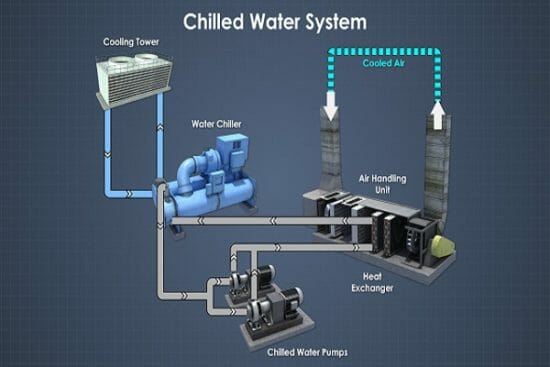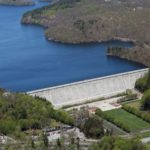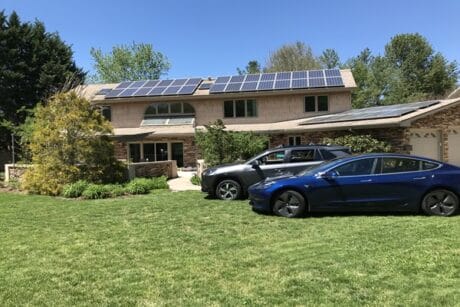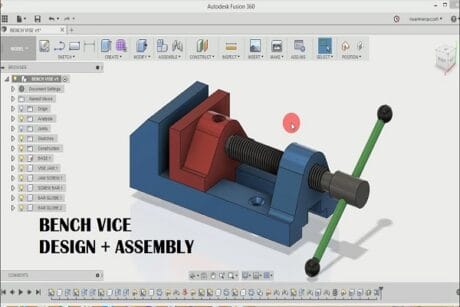No products in the cart.
- Course No E – 1825
- PDH Units: 5
Course No E - 1825
PDH Units: 5
- Course No E – 1825
- PDH Units: 5
Course No E - 1825
PDH Units: 5
Intended Audience: Mechanical, HVAC & Environmental Engineers
Credits: 5 PDH Units
In large commercial and industrial systems, chilled water system serves as means to transfer heat from building spaces to the refrigeration system. Initially, when energy costs were low, constant volume and primary-secondary systems provided a stable and simple operation of the chillers and distribution systems. However, as energy costs increased, particularly in the late 1970s, the efficiency of the chillers and the costs associated with operating the distribution system became more important. As a result, the need for new schemes to improve chiller performance and reduce energy costs drove the HVAC industry to advance chilled water technology, particularly in the manner that chilled water is delivered. To understand the hydraulic considerations associated with delivering chilled water and how they influence system performance, it is important to understand how technology and design challenges over the years have influenced today’s approach to chilled water pumping. This 5 - hour course discusses the history of chilled water distribution systems and the development of “variable primary flow system”. Problems such as low delta-T syndrome associated with the chilled water pumping schemes are defined and discussed and finally, this course compares the advantages and disadvantages of primary-secondary and direct-primary pumping schemes.
Learning Objectives:
At the successful conclusion of this course, you will learn the following knowledge and skills:- The basic hydronic principles i.e. relationship of chilled water flow rate v/s cooling load and the energy savings due to adjustable speed pumps.
- How do constant volume chilled water systems different from primary/secondary arrangement?
- What is low delta-T syndrome and how it affects the chiller loading?
- What are the causes and mitigation measures to prevent low delta-T syndrome?
- Why distributed pumping arrangement is better than headered arrangement for constant flow systems?
- How do primary/secondary chilled water systems create hydraulically independent loops?
- How to size the de-coupler bridge?
- The characteristics of control valves and why 2-way valve is better than 3-way valve in variable flow systems?
- How do the variable primary flow system compare with primary/secondary system in terms of cost and energy?
- The importance of design tube velocity and rate of chilled water flow variations in variable primary flow systems.
Once completed, your order and certificate of completion will be available in your profile when you’re logged in to the site.








